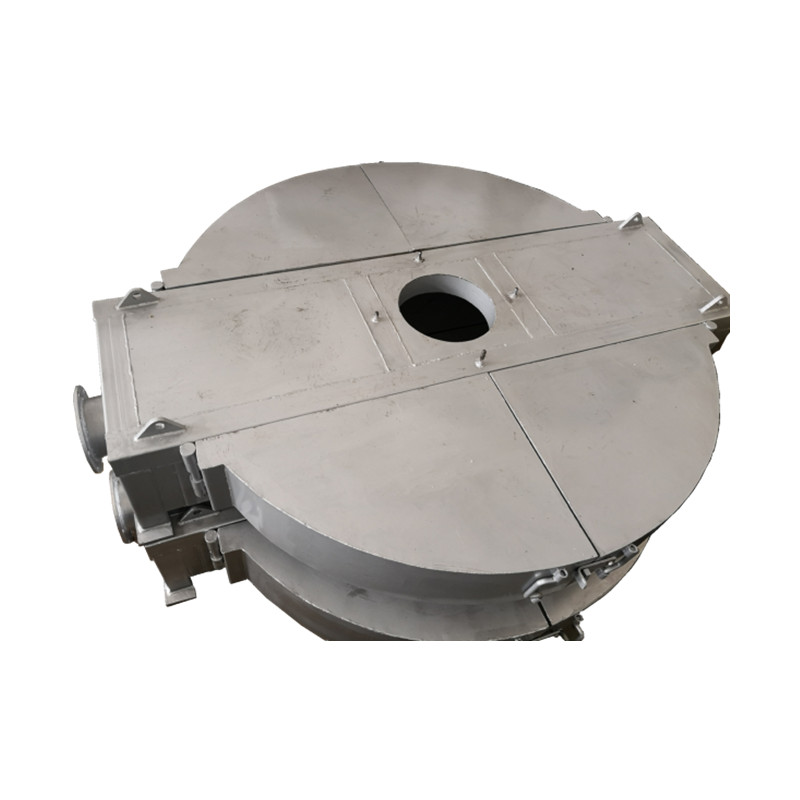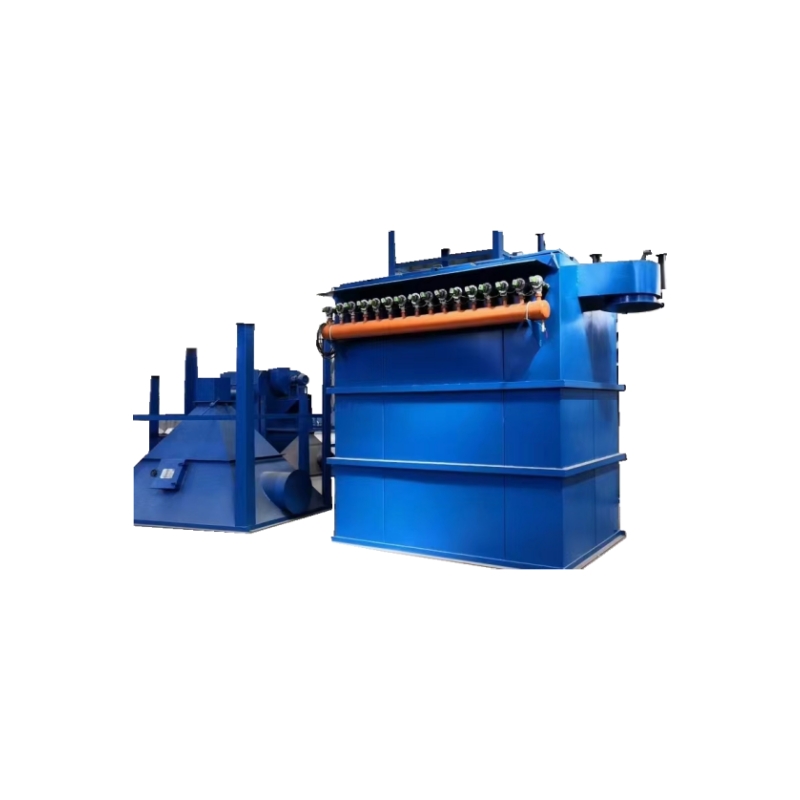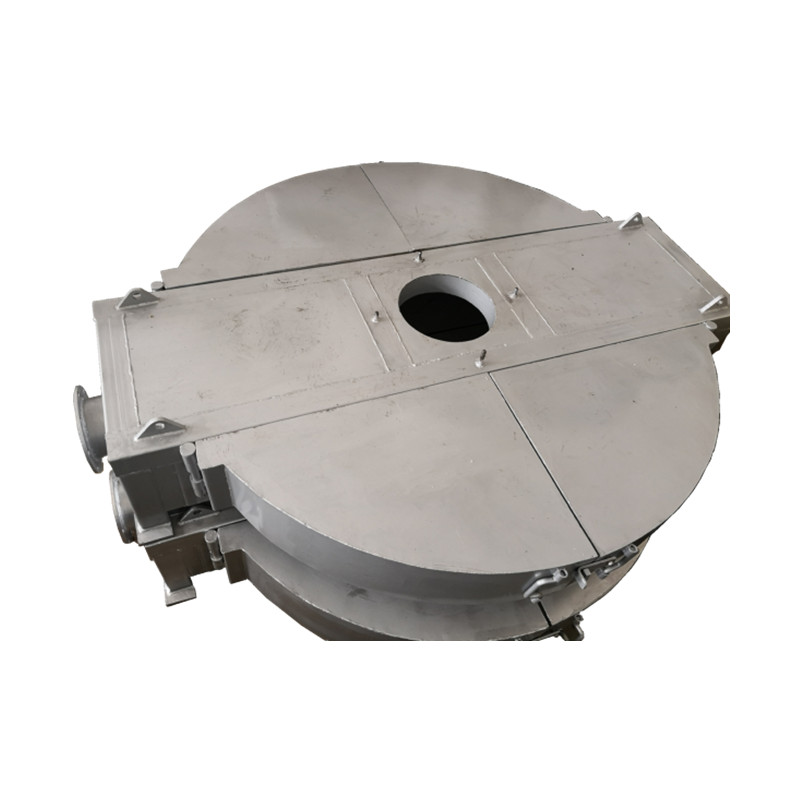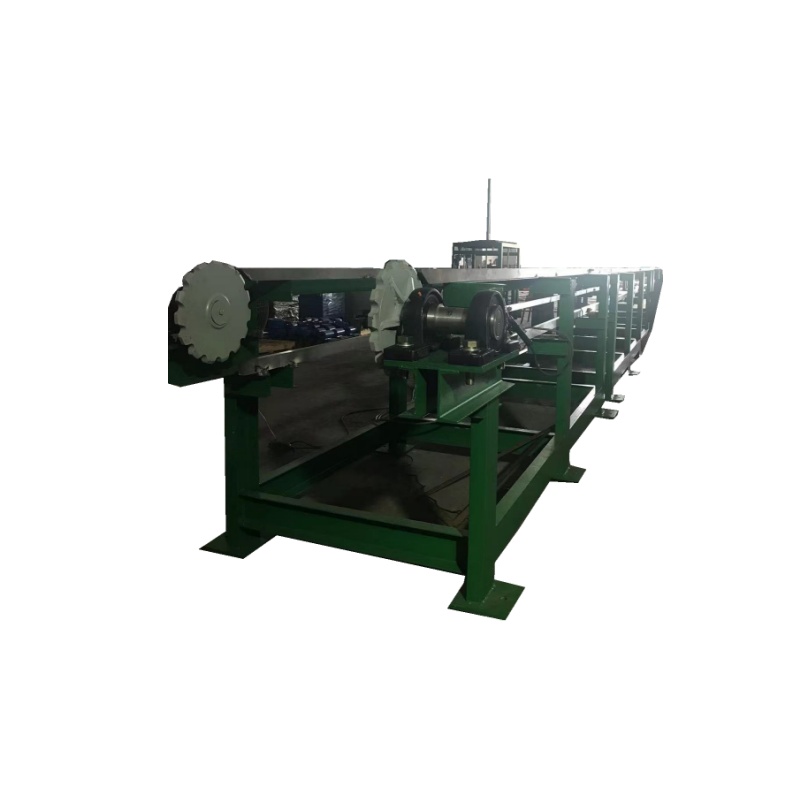In 2017, through the role of national control and environmental protection inspectors, the large-scale shutdown of small "three-no" refineries slowed down the recycling competition for used batteries in the market, and more used batteries flowed to formal certified remanufactured lead enterprises.
At present, the operating rate of large-scale smelters is about 60%, and the operating rate of small "three-no" refineries is less than 10%. The sharp drop from 80% last year to the current operating rate of less than 10% has resulted in the current situation of no recycling of used batteries in the market.
At present, many major domestic secondary lead certified manufacturers have plans to increase production and expand production. The operating rate in 2018 will continue to increase and the output will continue to rise, which means that the waste battery market has begun to officially shift to formal channels.
Next is the main event, which is really relevant to all dealers and repairers dealing with used batteries.
The "Proposal for the Implementation of the Extended Producer Responsibility System" issued by the General Office of the State Council extends the resource and environmental responsibility of producers for their products from the production process to the system of product design, circulation and consumption, recycling, disposal and other full life cycles.
The first batch of pilot lists include: Tianneng Group (Henan) Energy Technology Co., Ltd. cooperated with Tianneng Group (Puyang) Renewable Resources Co., Ltd., Chaowei Power Co., Ltd. and Taihe County Dahua Energy Technology Co., Ltd. cooperated to produce lead-acid batteries, sails Co., Ltd. cooperates with Hebei Gangan Environmental Protection Technology Co., Ltd.
That is to say, battery manufacturers led by Tianneng and Chaowei will respond to national policies and enter the field of lead-acid battery recycling on a large scale.
According to relevant sources, Tianneng and Chaowei have basically completed the preparatory work, and have officially launched the waste battery recycling project at the end of last year. In terms of recycling, it is expected to take the form of local regional agents, and it is most likely to cooperate with first-tier distributors.
In the future, the battery market is very likely to be able to go to Tianneng and Chaowei agents to get new batteries and sell old batteries in the past.
Analysis on the Development Prospect of China's Recycled Lead Industry
1. The intensity of environmental protection inspectors has been upgraded, and the entry threshold of the industry has been raised
The lead industry policy has been continuously strengthened to promote industrial transformation and upgrading. Lead smelting pollution has always been an environmental protection problem in the lead industry. Lead effluents contained in the smelting process will pollute the production environment and the atmosphere. The lead industry has backward technology and equipment, and the phenomenon of scattered distribution is serious; the secondary lead industry is generally in a situation of small scale, high energy consumption, heavy pollution and low recovery rate, and it is urgent to strengthen the governance of the lead industry. Since 2011, the state has successively issued a series of lead industry policies and related supporting measures to guide the healthy development of the industry from development planning, industry access to pollution prevention and control.
In March 2011, the National Development and Reform Commission, the Ministry of Environmental Protection and other nine departments jointly issued the "Notice on In-depth Implementation of Special Actions to Remediate Illegal Pollutant Discharging Enterprises to Protect Public Health and Environmental Protection in 2011", taking the remediation of lead-acid battery companies as the primary task of the 2011 environmental protection special action. It is required to conduct a thorough investigation of enterprises in the lead-acid battery industry and comprehensively rectify environmental violations.
In September 2012, the Ministry of Industry and Information Technology and the Ministry of Environmental Protection jointly issued the "Access Conditions for the Recycled Lead Industry", which played a positive role in promoting the standardized and healthy development of the recycled lead industry, improving the comprehensive utilization rate of resources and the level of energy conservation and environmental protection, and promoting the optimization and upgrading of the industry.
Analysis on the Development Prospect of China's Recycled Lead Industry
With the continuous improvement of industry standardization, the pertinence and operability of relevant policies have been further strengthened. In December 2016, the Ministry of Environmental Protection revised the "Access Conditions for Recycled Lead Industry" in a timely manner and issued "Regulation Conditions", which further improved the industry standards. Barrier to entry. At present, there are three main thresholds for the lead recycling industry:
Industry entry threshold (1): Hazardous waste business license.
Waste lead-acid batteries, the main raw material of recycled lead, are hazardous waste for consumption. The state has strictly regulated and reviewed important links such as collection, transfer, storage, and treatment, and has set multiple industry thresholds. In July 2004, in order to strengthen the supervision and management of hazardous waste collection, storage and disposal business activities, and prevent hazardous waste from polluting the environment, the State Council adopted and promulgated the "Administrative Measures for Hazardous Waste Business Licenses", which was revised in February 2016. Applicants need to submit certification materials to the Ministry of Environmental Protection of the people's government of the province, autonomous region, or municipality directly under the Central Government and conduct on-site inspections. Those who meet the requirements can only engage in the collection, storage and disposal of various types of hazardous wastes after issuing certificates.
Industry access threshold (2): heavy metal pollutant discharge indicators.
In August 2012, the Ministry of Environmental Protection issued the Detailed Rules for the Assessment of Emission Indicators of Key Heavy Metal Pollutants, which took the heavy metal pollutant emissions determined by the 2007 pollution source census as the base, mainly through the preparation of basic technical data, data verification and verification, data review and verification. The total emissions of five key metal pollutants, including lead, mercury, cadmium, chromium and metalloid arsenic, are assessed in three stages of accounting and identification. In April 2014, Taizhou City, Zhejiang Province stepped up its energy-saving and emission-reduction policy, stipulating that companies that discharge heavy metals exceeding the standard by more than three times and discharge hazardous solid wastes of more than 3 tons will be held criminally responsible.
Industry Access Guide (3): List of lead-acid battery and secondary lead companies that meet the requirements of environmental protection laws and regulations.
In April 2013, in order to implement the "Opinions of the State Council on Strengthening the Key Work of Environmental Protection" and the "Twelfth Five-Year Plan for Comprehensive Prevention and Control of Heavy Metal Pollution", the Ministry of Environmental Protection has successively carried out three batches of lead-acid batteries and recycled lead enterprises for environmental protection. verification work. The Ministry of Environmental Protection took nearly a year and a half to announce three batches of lead-acid batteries that meet the requirements of environmental protection laws and regulations after five links: enterprise self-examination, preliminary examination by provincial environmental protection departments, expert data review, on-site inspection by various environmental protection inspection centers, and social publicity. and a list of recycled lead companies. A total of 40 companies have passed the environmental protection inspection, including 5 recycled lead companies.
2. The production responsibility system promotes the restructuring of the industry, and the main body of lead recycling is transferred to downstream manufacturers
For a long time, in the cycle industry chain of lead storage battery-lead recovery-regenerated lead, battery manufacturers and waste storage battery recycling and regenerated lead enterprises have been in a state of performing their respective duties. In the waste lead-acid battery acquisition market, more than 60% of the waste lead flows to waste recycling stations without recycling qualifications due to the limited coverage of regular service providers and licensed recyclers, and the higher recycling costs. Disposing of the market and illegal smelting workshops are not restricted by environmental protection indicators, the process is simple, and the cost is low. At one time, a market pattern of 40% legal enterprises and 60% illegal smelting enterprises was formed.
Since 2016, the national environmental protection team has inspected secondary lead enterprises in many provinces, and the "three no" smelters have been shut down on a large scale. 95% of illegal lead smelters in Shandong and Henan provinces were banned. It is expected that strict environmental protection inspections will become the norm in the future. The access requirements of the "Regulation Conditions for Recycled Lead Industry" with an annual processing scale of more than 100,000 tons will also further raise the industry threshold, and the concentration and standardization of the recycled lead industry will increase in the future. At the end of 2016, the State Council issued the "Promotional Plan for the Extended Producer Responsibility System", emphasizing the full life cycle responsibility of lead-acid battery manufacturers for the products. The extension of battery factories to downstream recycling and processing links has become an industry development trend.
In 2017, Chaowei Group, Shanghai Xinyun Precious Metals Recycling Co., Ltd. and Shanghai Nonferrous Metals Network established a lead-acid battery producer responsibility extension Shanghai demonstration zone, using 300,000 lead-acid battery sales terminals across the country to improve lead recycling channels. Camel Group relies on over 1,000 contracted dealers and over 50,000 retailers across the country to build a nationwide recycling network. Battery manufacturers have inherent advantages in the construction of waste battery recycling networks, and can rely on existing sales networks to recycle waste batteries at the end of consumption by reverse logistics. At the same time, there are more options in the form of recycling, and methods such as "trade-in" can be adopted to improve the recycling rate.
In addition to the waste battery recycling network, major battery manufacturers have also begun to dispose of waste batteries and regenerated lead capacity: Tianneng Battery plans to establish two old battery recycling bases in East China and North China, and reached a processing capacity of 400,000 tons/year by the end of 2017; Huabo Technology, a subsidiary of Narada Power, now has a processing capacity of 430,000 tons of waste batteries and a production capacity of 300,000 tons of recycled lead, and plans to add 600,000 tons of processing capacity and 460,000 tons of recycled lead production capacity in 2018; Camel is currently planning 500,000 tons tons of waste battery treatment capacity. Lead-acid battery manufacturers carry out a closed-cycle industrial chain layout of lead-acid battery-lead recovery-recycled lead, which can effectively increase lead utilization, reduce lead pollution, reduce production costs, and create new profit points through waste battery recycling and recycled lead production.
3. The spread of recycling prices has widened, and the profitability of recycling links has improved
In 2014, nearly 1 million tons of waste lead batteries flowed into informal "three noes" processing plants, accounting for 41% of the total waste lead recovered and processed that year. Since 2015, environmental protection monitoring has been gradually strengthened, and a large number of unqualified and illegal lead smelting small enterprises have been shut down. The amount of waste lead-acid batteries originally processed by small smelters will be transferred to large-scale and standardized professional regenerated lead plants. According to statistics, there are about 30 secondary lead manufacturers nationwide with a processing scale of more than 100,000 tons, mainly in Henan, Anhui, Jiangsu and other provinces. It is expected that with the continuous improvement of environmental protection requirements, the industry concentration will further increase in the next few years, coupled with the tight supply of domestic lead ore and the gradual improvement of downstream demand, it will have stronger bargaining power for downstream enterprises, and the price is expected to maintain prosperity.
The price increase of lead is accompanied by the widening of the recycling price difference, and the processing enterprises will benefit from it. According to data from Shanghai Nonferrous Metals Network, on August 16, the average price of lead was 19,330 yuan, up 21.04% from 15,970 yuan at the end of May; on August 16, the lead price of waste batteries in Anhui was 9,100 yuan, up 10.98% from 8,200 yuan at the end of May. , the increase is much smaller than the terminal lead price, because the recycling and smelting enterprises have decreased significantly, and the large-scale formal recycling enterprises have increased their ability to pay a premium to waste battery recyclers. Processing enterprises benefited from the increase in lead prices from two aspects. On the one hand, the 30% value-added tax was levied and the tax rebate base increased, which led to an increase in the tax rebate amount; on the other hand, the increase in the price of finished lead was higher than the increase in the recycling price of waste batteries, and the profit margin was further expanded.
4. Channel sharing + two-way logistics, circular economy creates Pareto optimality
In January 2017, the "Promotional Plan for the Extension of Producer Responsibility System" required that producers' responsibilities be extended to four aspects: carrying out ecological design, using recycled raw materials, standardizing recycling and expanding information disclosure, and lead-acid batteries were included in the first batch of implementation. within. The circular economy model is expected to further increase the concentration of the secondary lead industry. In the future, the market will be occupied by a few leading companies that have opened up the upstream and downstream industrial chains. The lead recycling business will share the existing sales channels and carry out two-way logistics. The cost is expected to drop significantly and the profit space will be opened up. The battery manufacturer builds a circular industry chain, cuts off the intermediate raw material back-hand links in the past, large-scale production minimizes pollution, channel sharing + two-way logistics effectively reduce costs, we believe that it will become the Pareto optimal innovation in the recycled lead industry in the future normal.
In March 2017, the National Environmental Protection Lead-acid Battery Production and Recycling Engineering Technology Center for Pollution Prevention and Control Relying on the initiative of Chaowei Group, established a lead-acid battery recycling pilot committee. The pilot committee is composed of well-known lead-acid battery companies such as Chaowei, Tianneng, Camel, and Fengfan, leading recycled lead companies such as Hubei Jinyang and Jiangsu Xinchunxing, as well as China Nonferrous Metals Industry Association, China Renewable Resources Recycling Association, China Battery Industry Association, Shanghai The battery environmental protection industry alliance and other related social organizations are formed. The committee's constituent companies cover more than 80% of the production capacity of battery production and secondary lead, as well as all industry-related associations. Its main goal is to jointly establish a scientific and complete recycling system and promote the virtuous cycle of "production-consumption-recycling-utilization" of lead-acid battery products by mobilizing various social forces.
In May 2017, Chaowei signed a cooperation agreement with Shanghai Xinyun Precious Metals Recycling Co., Ltd. and Shanghai Nonferrous Metals Network, using their respective advantages in lead battery production, recycling network, recycling channels, big data and online resources to create Shanghai lead-acid battery recycling model. Chaowei utilizes the 300,000 sales and logistics outlets of 25 subsidiaries across the country. While achieving its own standardized recycling, it also builds a recycling system of "old-for-new, reverse logistics" for industry enterprises.
In June 2017, Camel Co., Ltd. stated that the company has deployed waste lead-acid battery recycling factories in many places across the country, and utilizes the company's mature sales network throughout the country to recycle waste lead-acid batteries to achieve two-way flow of batteries within its own channels. Leading companies have deployed lead recycling networks one after another, and the industry will usher in a new golden period of development.
 English
English  Español
Español  Português
Português  русский
русский  français
français  日本語
日本語  Deutsch
Deutsch  Tiếng Việt
Tiếng Việt  Italiano
Italiano  Nederlands
Nederlands  ไทย
ไทย  Polski
Polski  한국어
한국어  Svenska
Svenska  Malay
Malay  বাংলা
বাংলা  हिन्दी
हिन्दी  Pilipino
Pilipino  Türk
Türk  عربى
عربى  Indonesia
Indonesia  norsk
norsk  čeština
čeština  Українська
Українська  Javanese
Javanese  فارسی
فارسی  తెలుగు
తెలుగు  Burmese
Burmese  български
български  Latine
Latine  Azərbaycan
Azərbaycan  Српски
Српски  Esperanto
Esperanto  Afrikaans
Afrikaans  Català
Català  Cymraeg
Cymraeg  Беларус
Беларус  Hrvatski
Hrvatski  Kreyòl ayisyen
Kreyòl ayisyen  Shqiptar
Shqiptar  Bosanski
Bosanski  Кыргыз тили
Кыргыз тили  ಕನ್ನಡ
ಕನ್ನಡ  IsiXhosa
IsiXhosa  Chichewa
Chichewa  Somali
Somali  O'zbek
O'zbek  հայերեն
հայերեն  Sundanese
Sundanese  Malagasy
Malagasy 





